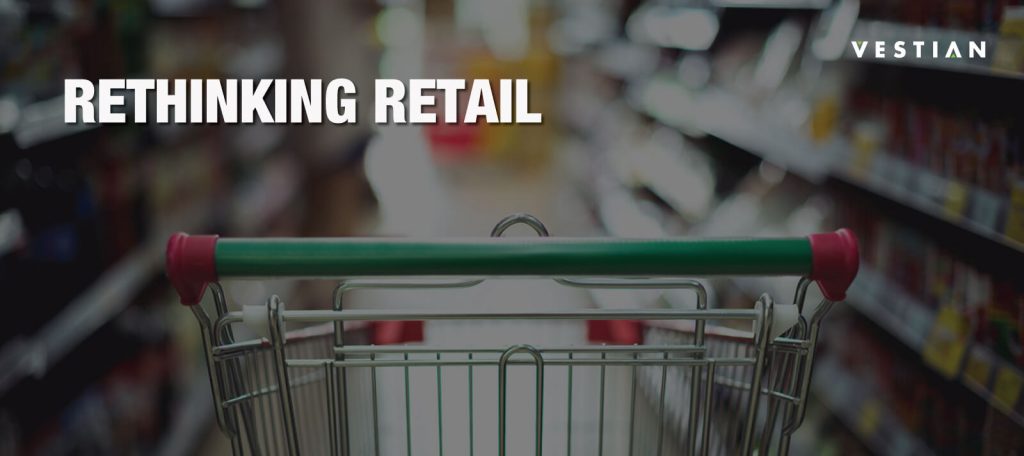
COVID-19 has left no industry unscathed. Retail industry specifically has been one of the worst hit. While retail scape was already seeing a change in the way consumers were interacting with the brands, from brick and mortar shops, to online portals to experiential stores; COVID-19 has disrupted the retail scape once again.
As many cities, states and countries have implemented lockdowns, a lot of small and medium-sized retailers will either reduce their footprint or completely go away. In essence, the response to the pandemic has the potential to dramatically change the way people buy and retailers operate; and the largest impact will be on the small and medium players who are not yet operating in the “modern retail world”, of technology and data.
Retailers and brands alike, will need to streamline their operations and ensure agility in terms of scaling up or downsizing, as is the requirement of the time. Also, evaluating and partnering with local or domestic suppliers to insulate supply chain and revisiting all other aspects such as inventory, price points and markdowns. It’s the question of survival . Like any other business, cash flow remains crucial, and the ones suffering the most may seek temporary rental reliefs from landlords and new store openings will see a slowdown. Apart from that, production delays, reduced shipping of products and store closures and drop in revenue may prevent companies from meeting their expenses. Brands that were heavily reliant on China for production will re-evaluate their supply chain strategy and we’re going to see more regional and localized supply chains to reduce the risk of supply chain disruptions. This in itself, will be an opportunity for new players to enter the market, but will also lead to displacement of older players.
In the medium term, focus will be on contactless delivery, be it while checking out of the with “Just Walk Out” technology like Amazon Go or receiving your package through an online shopping platform. Infact, there will be wider adoption of technology at an accelerated pace. Use of drones for delivery, like in the case of Amazon Prime Air or Alphabet’s Wing will no longer be a one off situation. It will see exponential growth and widespread acceptance. For example, Best Buy has implemented contactless curbside service and allows only associates to enter store locations. Items are purchased via their online app and brought out to the customer’s car at the curb. Publix, a Florida-based grocery chain, is rolling out contactless payment options like contactless credit or debit cards, the Publix mobile app and widely used mobile wallets, including Apple Pay, Google Pay and Samsung Pay in all its stores, as part of a strategy to protect customers and store employees from exposure to COVID-19.
Food vendors facing the current lockdown have already started contactless delivery by leaving the orders at the doorstep or at a designated drop off area. Additionally some restaurants have also started listing the names and body temperature of the people who cooked and delivered the food for customer’s peace of mind, like Zomato, Dominos, Pizza Hut and McDonald’s.
As this situation is likely to continue in the foreseeable future, retailers may want to re evaluate their vendor partners, developers may want to rethink their options and brands may have to rethink their market strategy.